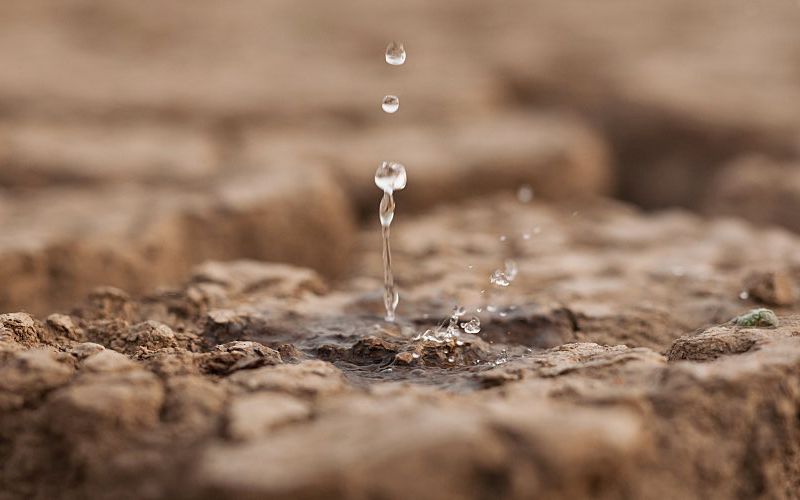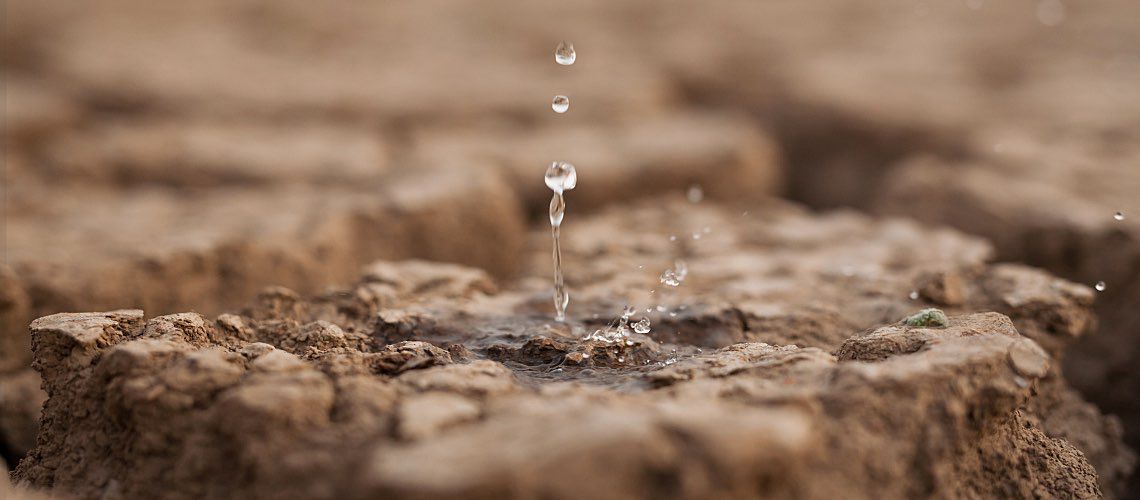The Era of Water Reallocation


The U.S. is entering an era of water reallocation. As excessive groundwater pumping has produced plummeting water tables, causing wells to sputter and land to subside, and water diverted from rivers and streams has diminished flows and dried up major rivers, including the Colorado River, there are very few suitable sites left to build more dams or pump more water.
As these traditional sources diminish, municipalities will need to find new ones. How will expanding companies, factories, subdivisions, and farms get water? One solution is the voluntary transfer of water from low-value to higher-value uses.
Water Transfers
According to the U.S. Geological Survey, American farmers irrigated approximately 63 million acres of land in 2015. They used flood irrigation, a notoriously inefficient method, on roughly 23 million acres, while more efficient systems, such as sub-surface drip irrigation, are available. Still, installation costs are considerable, perhaps $2,500 per acre, which is well beyond the means of many farmers.
Instead, municipal and industrial users should fund a program to modernize farm infrastructure. With improvements, farmers could grow the same amount of food using less water, and cities could use the water saved in the process. Such a water exchange — where one party voluntarily reduces its water usage due to incentives provided by a different party — seems like a perfect system.
But in the U.S., water is a public resource, controlled by the states, and subject to state regulation. The states have created systems that allow people to use water but, with rare exceptions, the users do not own the water. Therefore, the party with the water owns those water rights. They are the only ones with the ability to transfer, lease, or sell the water. Further complicating the process, water transfers are subject to review by the state's water agency, which has the authority to reject transfers that are not in the public interest.
Water as a Commodity
Critics of water transfers argue that the process is a "commodification" of water, and they reject the idea that water can or should be turned into a commodity. In fact, the U.S. is the largest exporter of water in the world — water not exported in big tankers but embedded in crops such as soybeans, wheat, and corn. Therefore, the commodities market is also a water market. Hedge funds could link willing sellers of water rights to cities and businesses.
But the idea of water markets sends chills down the backs of western farmers who fear that fast-growing cities such as Las Vegas will raid their rural communities. In fact, Las Vegas, Los Angeles, and Phoenix used less water in 2021 than they did in 1985, even though each city grew by millions. Still, climate change presents all three cities with immense challenges as the Colorado River Basin remains mired in a 20-year drought.
A Possible Solution
Some critics complain that water reallocation will dry up rural agricultural communities. The Department of Agriculture Economic Research Service estimates that farmers consume between 70% and 80% of every state's water. A modest reduction in agricultural consumption of about 5% would increase the water available for urban consumption by about 50%. If that 5% reduction comes from the installation of more efficient irrigation systems, paid for by the cities, municipal needs will be resolved for the indefinite future, without harming rural areas.
Robert Glennon is a Regents Professor at the University of Arizona and author of "Unquenchable: America's Water Crisis and What To Do About It." He is a frequent keynote speaker at conferences.




